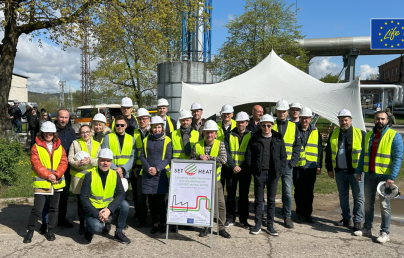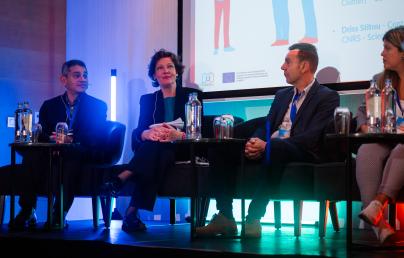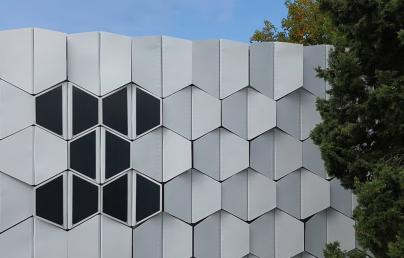
Clean cooling for low-emission buildings

Clean cooling for low-emission buildings
Solid-state cooling technologies are emerging as a sustainable alternative to reduce emissions and energy consumption in buildings, addressing the rising demand for climate control and the urgent need to decarbonise the global building stock.
With the global cooling market valued at over USD 235 billion and expected to double by 2030, innovative players are developing solid-state cooling systems as a viable substitute for conventional technologies.
These solutions, ranging from thermoelectric to magnetocaloric and elastocaloric approaches, eliminate the use of high-impact refrigerants such as hydrofluorocarbons (HFCs), lower energy use, and enhance operational safety. Their application across buildings, data centres and industrial settings marks a critical step in mitigating the climate impact of one of the most energy-intensive sectors.
These emerging technologies, which operate without moving parts and use non-toxic materials, enable quieter, more efficient and adaptable cooling. While challenges remain in terms of scalability and cost, their potential to transform the built environment is considerable, particularly in regions vulnerable to extreme heat.
The shift towards low-emission cooling systems is not only essential for meeting the EU’s climate targets, but also for safeguarding public health, economic resilience and energy security. These innovations can position the building sector as a strategic driver in the fight against climate change.

